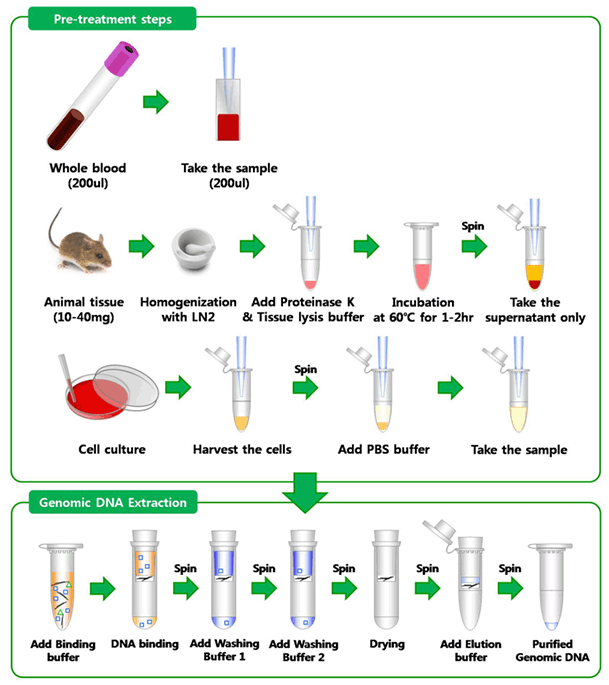
Nuclease-associated cfDNA markers, such as its size, genome coverage, end positions, and end motifs, differ in different tissues and pathologies and can be harnessed for molecular diagnostics.ĬfDNA has been successfully exploited as noninvasive biomarkers for biopsies. summarized, nucleases act both in cfDNA generation via cell death pathways and in cfDNA clearance at the plasma level. Scientists believe cfDNA is not just passive waste products of cell death but have a physiological and pathological function in inflammation and autoimmunity.Īs researchers Diana Han etc. in plasma and serum, it also presents in cerebral spinal fluid and saliva. In addition to presenting in bloodstream, i.e. cfDNA comes from both cancerous and noncancerous cells. These fragments, which can vary in length between 50 and 300 base pairs, are no longer confined or encapsulated inside a cell but circulating freely in the bloodstream.ĬfDNA circulates in both healthy and pathological conditions, i.e. What is Cell-free DNA (cfDNA)?Ĭell-free DNA (cfDNA) are degraded DNA molecules/fragments that are released into the bloodstream by cells.

Go to our cfDNA Extraction Kit product page. Co-Immunoprecipitation & Immunodiagnostic Aassays.NVIGEN X™ – NGS and Multiomics Cancer Precision Profiling Assays.Solid-Phase Reversible Immobilization (SPRI).Liquid Biopsy & Cancer Biomarkers Capture.



 0 kommentar(er)
0 kommentar(er)
